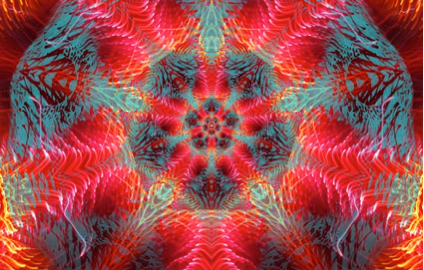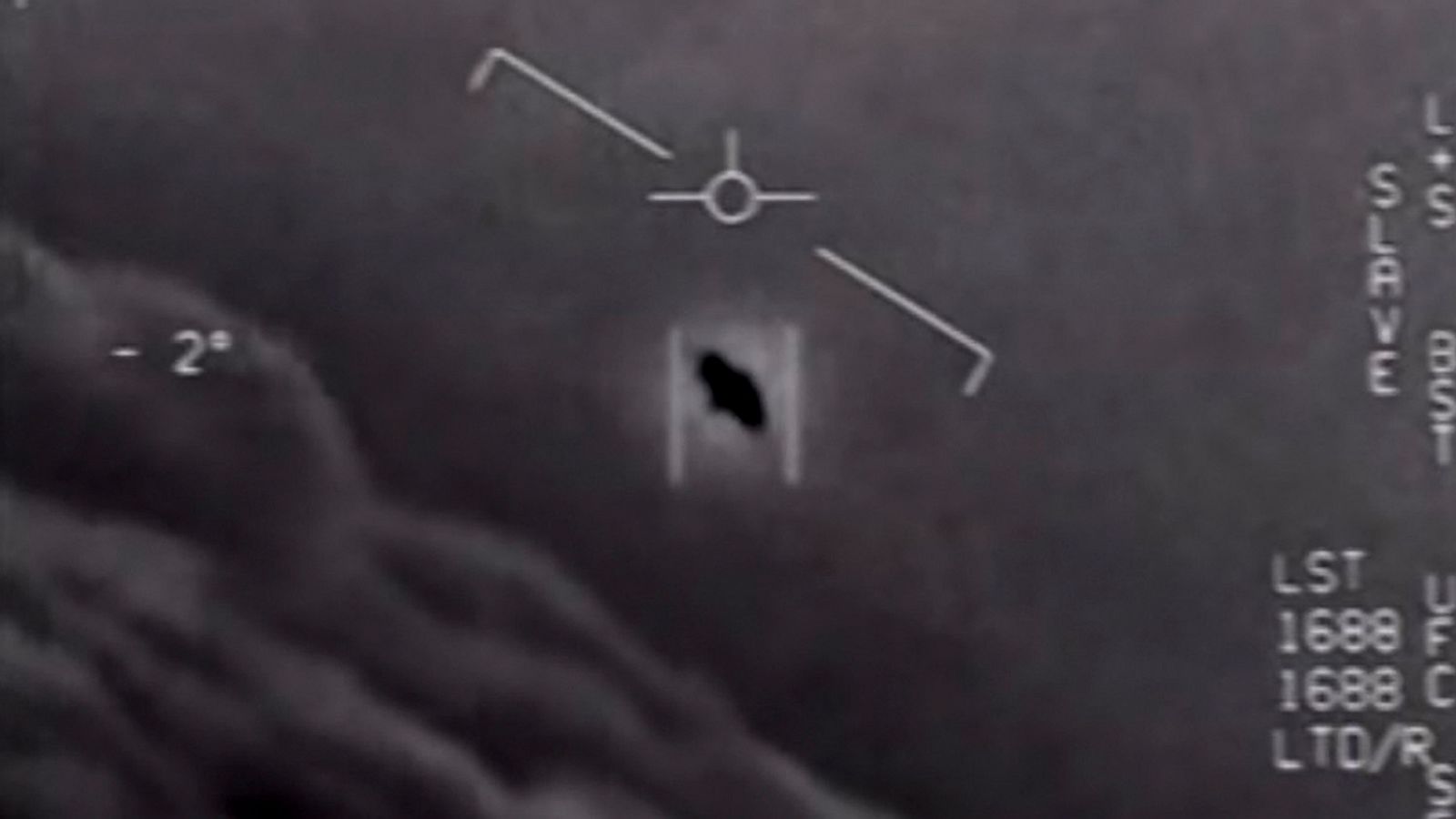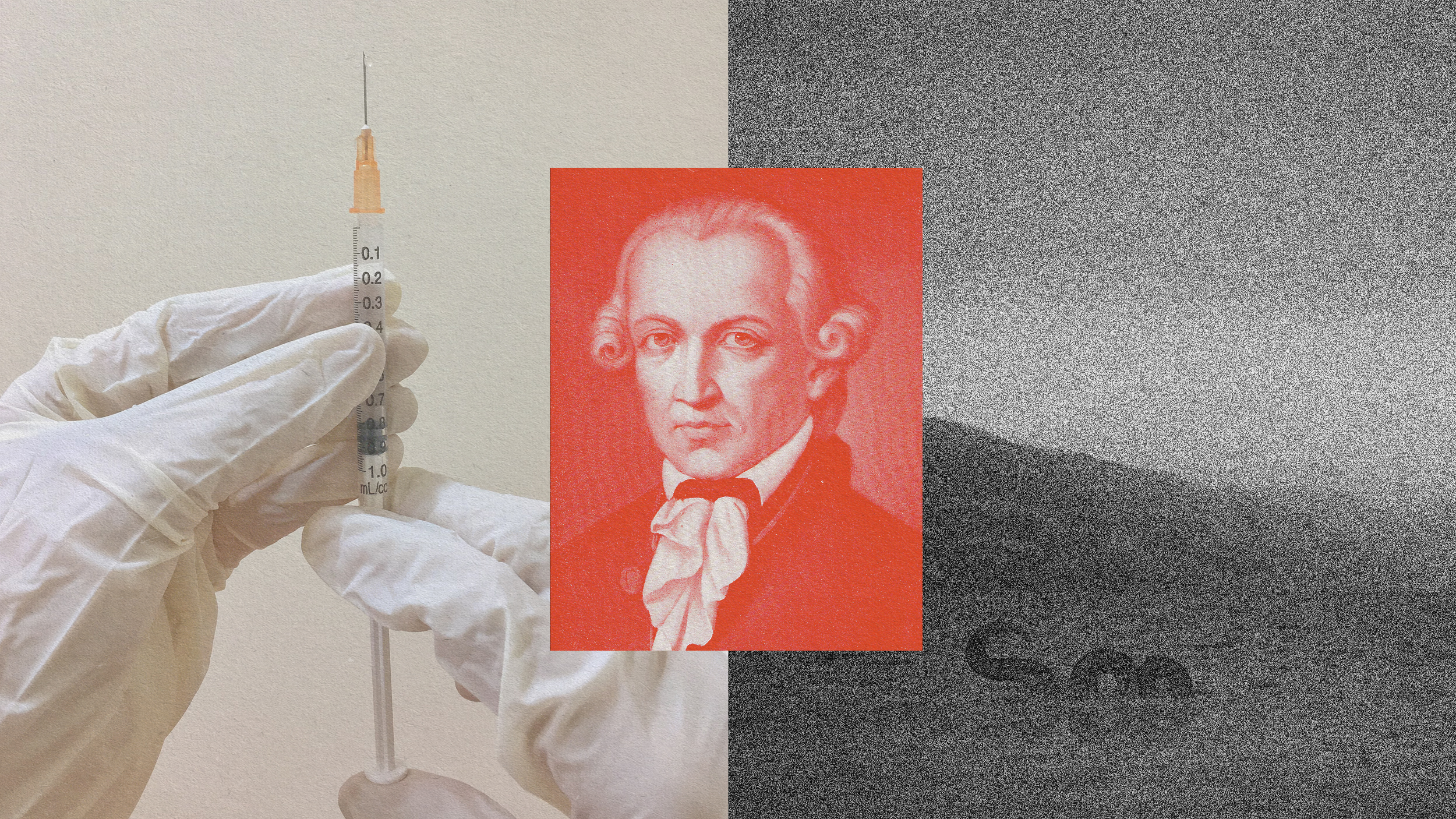The Singularity & Other “Dimensional Failures of Topological Imagination”

A Conversation with William Irwin Thompson
by Michael Garfield
William Irwin Thompson is a poet, philosopher, cultural historian, former MIT professor, and founder of the Lindisfarne Association – a transdisciplinary think-tank that has significantly shaped our understanding of the emerging planetary civilization.
We met over Skype in December 2011 to discuss a richer and more organic view of our species’ next great transformation:
MG: I’m interviewing you for Hybrid Reality in part because of the dominance of the whole ‘Rapture of the Nerds’ meme in the transhumanism community. I am trying to provide another perspective, because they are really interested in having a bouquet of voices – and I am of the mind that we missed the Singularity. That for all substantive purposes it already happened, and is always-already happening.
WIT: Who came up with that phrase, “Rapture of the Nerds?”
MG: I don’t know!
WIT: Kevin Kelly used it in [Transcendent Man,] the movie about [Ray] Kurzweil – it was actually pretty good. It made me more sympathetic with Kurzweil as a mensch, whereas just reading him he just seems like a complete, you know, MIT techno-droid.
MG: It raises that whole issue of his work being motivated by the death of his father – that really puts it into the larger historical context, the continuity of all of us attempting, for the same emotional reasons, the same transcendence through new means.
WIT: This isn’t just a technological metaphor, though. When he gets down to end of “moving beyond” and the misplaced concreteness of downloading the soul into a computer, which is utter nonsense, and he starts talking about becoming transcendent beings of space and time…it’s like the twirling topological figures in Arthur C Clarke’s 2001. Remember in the movie when the astronaut is out there with the first stargate and these beings come on a horizon and they are rotating crystals of complexity? And in Arthur C. Clarke’s novel, on which the film is based, he is very clear that these are beings who have evolved beyond bodies, and are structures of music and mathematics – which used to be called celestial intelligences in neo-platonism, or angels. So this is just science fiction re-clothing cosmological concepts that have been with us for a long time. Persian angelology. I take a lot of this stuff with a grain of salt. A lot of it’s hype.
MG: One of the things that I like about your writing is your talk of sympathetic resonance and entrainment between human beings in these larger musical and mathematical angelic structures. That really hit it for me, and that is what I am getting at with this whole “We Missed The Singularity” thing. It seems that we are already embedded in these larger patterns that in some sense display their own agency and intelligence. And that what we are going through right now is not best described or characterized as us creating these structures as it is us becoming aware of them.
WIT: The short answer to all of this is, yes. The Singularity is brought forth by your horizon of perceptions. It’s like when you look at the horizon and you walk toward it: the horizon moves because the horizon is not a place – it’s a relationship between your perceptual structural system and your location. And so there is always a Singularity, and there are these historical moments of shared singularities – like the hominization of the primates, or agriculturalization, or the shift from print to electronics – these kind of shared media of communication that [Marshall] McLuhan and others looked at.
But to reify it and give it a date the way Kurzweil did – that in 2050 it will all be over for biology – is very much a mistake. Very much like the mistake that Edgar Cayce made in trying to make predictions out of prophecy. Prophecy is a function of the imagination in exploring the implications of the present and rendering those implications into the metaphor of the future. So when you give a date to it, as he did, the prophets are generally wrong. You know, California is still there it hasn’t dropped into the sea; New York was supposed to be destroyed by earthquakes in the 90’s; Atlantis was supposed to rise in the Bahamas and, none of that has happened. Submarines claim that there are sunken temples off of Cuba, but you know, they are sunken – they haven’t come up out of the water the way the Edward Cayce said. And if they are indeed temples and not just basaltic natural configurations.
So what goes on with prophecy – and I am including Kurzweil in this, Edgar Cayce and Kurzweil are isomorphic, they are in totally different cognitive domains and traditions – one is evangelical fundamentalism from Kentucky, the other is high tech science fiction mysticism from MIT – but prophecy is really perceiving the quantum potential states, and there are all these multiple futures that are possible in quantum potential states. And when you move into the present they collapse into a classical, possible, Newtonian physical system. A casual chain. You know, in 1975 I had a vision of New York underwater, where water was up to the sixth floor; and then in Albert Gore’s film on Global Warming he started talking about what the flooding of all the coastlines in the world mean for London and New York and all the rest of it. But I wasn’t seeing the actual future of New York, I was seeing the quantum potential states of Global Warming. Prophets generally, because they are sensitive to an imaginative mode of hyperdimensional perception, when they collapse down into three dimensional space-time they tend to suffer from what Whitehead called misplaced concreteness, and they get it wrong. And they start making predictions, and the predictions are always wrong. So I try to avoid that mistake.
MG: In one of your posts in Wild River Review, you were talking about the recently late Lynn Margulis, the woman who pioneered this notion of endosymbiosis: that evolutionary transformations – transitions in individuality – proceed through including prior structures into these newer, more complex structures. And you said that according to this kind of Age of Spiritual Machines way of thinking, by 2030, “We humans will become the house pets or potted plants of these machines, or if we are lucky like the tiny mitochondria that move around inside the eukaryotic cell and are able to keep some of their ancient DNA. Expect to see an art that crosses genes, DNA spirals, music, and vibration into some new form of installation.” So you are looking at this as a resurrection of human sacrifice, because we are now taking the human body and human culture as an art object and playing with it.
WIT: Well those are two different streams going on. The human sacrifice is the sensitivity of some people to the transformation – one could call it Singularity, or transformation. “Transformation” gives us more flexible time; “Singularity” tends to collapse it into an event, which I think is a dimensional failure of topological imagination. These people feel like they are evolutionary waste; they do not feel a joyous riding of the evolutionary wave; they feel like they are being drowned by a tsunami. Their behavior I think is kind of pathological, and I would not be part of that group – I think they see themselves as evolutionary victims – and I just don’t go there, because I just don’t think it’s a healthy place to hang out.
And then all the other groups are quite different, and range from Kurzweil, to New Age, to fundamentalist Rapture (the literal Christian one), to the messianism of Shia – you know, the hidden Imam coming forth, the 12th Imam that is equally messianic-looking – to a meta-event that is going to intersect with historical time.
MG: So what do you see as a healthy response to this accelerating sense of future shock, and this recognition that the world that we were brought up to care about is seemingly – or at least is being sold to us as – an evolutionary backwater?
WIT: Well I think I have, you know, in terms of performance art, embodied it in the Lindisfarne “intellectual chamber music” of the last thirty years, because it includes living machines in which various ontological levels – from the bacteria, to the snails, to the plant level of water hyacinths – are used to create a kind of meta-industrial village that turns pollution into information and recycles it as an energy source.
So the relationship between John Todd’s invention of living machines, to Sim Van der Ryn’s green architecture and David Oar’s work in green architecture at Oberlin College in their Environmental Studies Program, to the poetics of it – conservatively – with Wendell Berry in an agricultural context, and even more conservatively into a pre-agricultural with Gary Snyder. This was all based on Lynn Margulis and Jim Lovelock. This is what Lindisfarne is all about.
So we are trying to create symbiotic human settlements in which the mineral realm, the bacterial realm, and the vegetative realm are all integrated into the design of new human communities that are not as destructive as the industrial nation state. (This obviously has been the dissenting perspective in politics, because what we see now is just a very narrow range of democratic industrialism versus republican industrialism. And that is pretty much, as with the failure of Durban and Kyoto, going nowhere in terms of ecology.)
But I would extend it even beyond, to say beyond the symbiotic meta-industrial village – which is a term I used in an essay in Darkness and Scattered Light way back in the 70’s – I would expand it to the entelechy,mystically, to say that we need to kind of “culturally retrieve,” in McLuhan’s phrase, the sensitivity to the elemental realm. That stones – I am fondling a touchstone here that is a beautiful piece of stone that comes from St Martin’s cave in Iona in the Hebrides – that stones are alive, and hear the music of spheres, and come from exploded supernovas. They are seen in the [J.R.R.] Tolkien form as dwarves, as people who work in the mines and the underworld, and there are the elementals of air – the Tolkien elves – and then there are the celestial intelligence of music and mathematics, the angelic realm, and the shaman – the contemporary shaman – is sensitive and develops through some kind of yogic practice, whether it is Vedic yoga, or Buddhism – there are many different paths, not just one – sensitizes its subtle body so that each subtle body has a matching grantwhere a being of that realm becomes a partner. This is like a mystical version of acquired genomes, if you have seen Lynn’s films or read her book.
So when you are, for example, a martial artist like a samurai, classically you en-soulyour sword. Your sword is not just any old hunk of metal and it’s not a tool in the industrial mentality. This is why in medieval literature the swords are named: the Sword of Charlemagne is called Joyeuse;the sword of Roland is called Durandal; the Sword of Arthur is called Excalibur. These are instruments, like a musical instrument (since you are a musician), that the sensitive has ensouled, and created a relationship or a conversation with the entity inside the sword (or the staff – it can vary culture to culture).
But the interesting thing about retrieving this in technological society is: I had a conversation with our Lindisfarne fellow Rusty Schweickart, who is an astronaut, who was first to float without an umbilical cord in space and look down on the Earth – he said that really top-flight, great jet pilots ensoul their jets. And they can do things with a jet, Top Gun stuff that no other ordinary pilot can do – they are just extraordinary, in the way that a samurai would be an extraordinary swordsman. So even at the level of complexity of an F-16, a martial artist who is sensitive to ensouling and bringing the whole complexity of electronics and metal and everything that goes to make it, and make it run with his imagination and his consciousness…they have this ability. Those guys in London…what was their phrase for this kind of union of technology and consciousness?
MG: The “Hybrid Reality.”
WIT: Yeah.
This is only the beginning of a two-hour conversation on artificial intelligence, mass extinctions, transmedia performance arts, and the emergence of planetary civilization – click here to listen or watch the rest of it.
Paleontologist turned poet-philosopher, Hybrid Reality researcher Michael Garfield’s multimedia maps of the evolutionary landscape and our place in it demonstrate that everything is equally art, science, and spiritual practice. Follow him on twitter: @michaelgarfield





